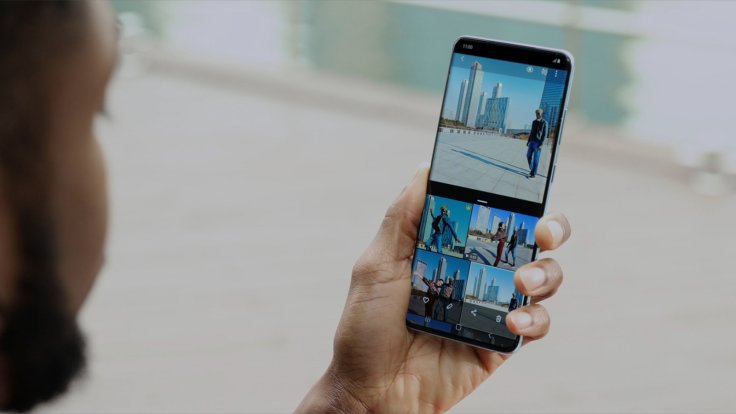
Everything about Samsung's Galaxy S20 flagship smartphone series is impressive. The recently launched Galaxy S20, S20+ and the Galaxy S20 Ultra have the latest and greatest hardware including the Snapdragon 865 or Exynos 990 5G-capable chipsets (depending on region), stellar camera setups, Quad HD+ Dynamic AMOLED displays with 120Hz screen refresh rates, and even a massive 5000mAh battery on the Ultra. However, the phone's 120Hz display seems to take a toll on the phone's battery life.
According to a latest report, the Galaxy S20 Ultra's display isn't playing nice with the battery life when the phone's display is set at the highest refresh rate.
The observation was made by the good folks at Tom's Guide who conducted a series of tests comparing the battery life when the mammoth 6.9-inch AMOLED display of the S20 Ultra was set at both 60Hz and 120Hz refresh rates. This allowed them to measure how long the phone would last on average at each setting while they continuously surf the internet as the display brightness was kept at 150 nits.
Shorter battery life at 120Hz setting
The team found that the phone's massive 5,000mAh battery cell would last on average about 12 hours when the display was set at 60Hz refresh rate, but when it was it was tweaked to 120Hz, the battery lasted just over nine hours. The higher refresh rate setting drained the battery three hours faster, representing a 25 per cent lesser battery life than the results achieved in the default 60Hz mode.
Not surprising
The decrease in battery life when using the phone with the boosted 120Hz setting isn't surprising at all because the higher the screen refresh rate the more times the display has to refresh. In other words, the phone displays 60 frames or images per second when it is set at 60Hz, but it has to show 120 images per second when it is set at 120Hz, therefore refreshing 120 times per second. However, the extent to which this setting affects battery life is almost nothing for those planning to eke the maximum battery life out of their phones.
The curious case of 120Hz display smartphones
There are only a handful of flagship smartphones that come with high refresh rates. Phones such as OnePlus 7T Pro, Asus ROG Phone 2, Xiaomi Redmi K30 Pro aka Poco X2 and Samsung's Galaxy S20, S20+ and S20 Ultra all come with 120Hz displays and all show similar battery drain patterns when using the highest refresh rate mode. Fortunately, they all come with 60Hz mode enabled by default and the option to switch between the default 60Hz mode and the highest 120Hz mode.
In the case of the quad-HD resolution screens of the Galaxy S20 phones, you get an increased QHD+ 3200 X 1440 pixels resolution when the refresh rate is set at 60Hz, while when you set it to 120Hz it droid to FHD+ resolution, that is, 2400X 1080 pixels. Quite understandably, this downscaling of screen resolution is done partly to help conserve battery at the higher refresh rates. The higher refresh rate is recommended only when you are gaming or if you want that fluid scrolling and overall smoother user-interface and are not bothered by a shorter battery life.
Samsung Galaxy S20 USB fast charging tech certification
The Galaxy S20 range of smartphones by Samsung have just become the first smartphones to receive ISB Fast Charger Certification by the USB Implementers Forum (USB-IF).
According to USB-IF, even though there are plenty of handsets that come with some form of fast charging, Samsung Galaxy S20 series' Programmable Power Supply (PPS) feature sets it apart. The feature allows Samsung's latest flagships to manage heat more effectively while charging rapidly, which in turn, should make them work more efficiently with any third-party fast charger.
Phones that do not have PPS aren't able to communicate with the charger regarding the voltage or the maximum speed at which the charger can charge.









